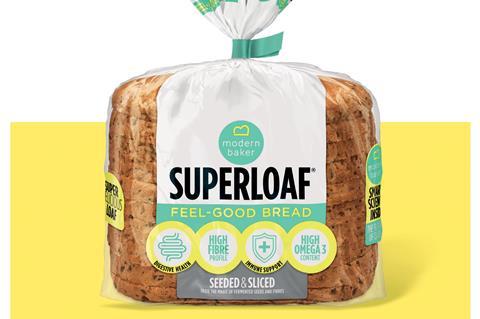
Following The Grocer’s Health Week, it feels appropriate to take stock. Not of where we’ve been, but of where the food industry is undoubtedly heading. Because amid all the noise surrounding ultra-processed food, one thing is becoming increasingly clear: the only viable route through this debate is that apparent oxymoron, the actively healthy UPF. Far from being a contradiction in terms, it’s the logical, science-based evolution of how we feed ourselves.
It’s easy to get caught up in the intensity of the UPF conversation. Media headlines, consumer anxiety, activist outrage, academic posturing – each clings to a version of nutritional ‘truth’, often rooted in a yearning for ‘naturalness’ that no longer reflects how or what people actually eat.
But we’ve seen this kind of moment before. In any industry at the tipping point of change, entrenched stakeholders dig in. Nimbyism emerges, “not in my category”, “not in my regulatory framework” and “not in my pension plan”.
And yet, the signals are that groundswell is mounting. The Grocer itself reported this week on the alarming decline in fruit & veg consumption. Tesco’s switch in focus this week within its Accelerator programme – from sustainability to health – wasn’t just an internal strategy shift, it was a bellwether.
Likewise, the omission of food and farming by Rachel Reeves in her recent spending review wasn’t accidental. It reflected a broader move upstream – towards population health outcomes and the deep structural interventions that must underpin them.
This is what systemic change looks like. No press release or ‘viral moment’ marks the turning point, but the pressure builds. And soon, the only viable direction of travel makes itself obvious.
In that context, healthy UPFs aren’t just permissible – they are necessary. We can’t feed urbanised, time-poor populations on wholegrain salads and hand-picked berries alone. We need scalable, affordable, desirable food that delivers health by design.
This isn’t about smuggling spinach into muffins. It’s about engineering foods to actively improve health outcomes. That means adding high-impact nutrition, not subtracting calories, and it involves the sort of robust nutritional science that belongs in the lab and not your grandmother’s kitchen cupboard.
Superloaf exists to prove this point. It’s a prototype for a new category – food that embraces its processing, but uses it to embed high-impact nutrients into the food system. It’s a nod to where food science meets public health, without the virtue-signalling or the nostalgia. Crucially, it doesn’t pretend to replace the apple. It simply asks, what makes the apple a healthy food in the first place? Can we reproduce that matrix and scale that benefit across millions of lunchboxes and meal deals?
So no, the tipping point hasn’t happened. But the ground is shifting fast. And if this year’s Health Week has shown us anything, it’s that the industry is beginning to shed its inertia. The next phase won’t be defined by what food looks like on a label, but by what it delivers in a human body.
That is the only game worth playing.
Leo Campbell, co-founder of Modern Baker



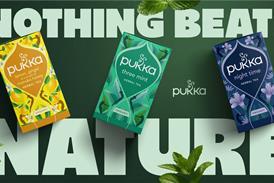
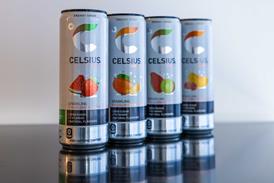



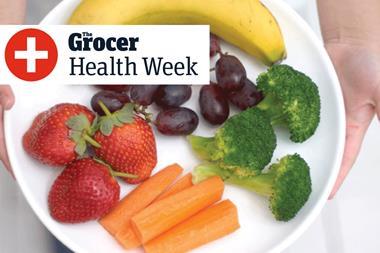



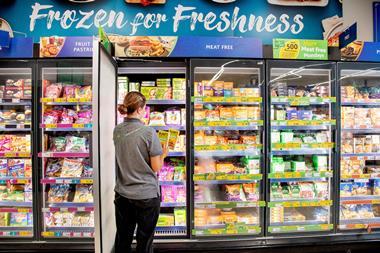
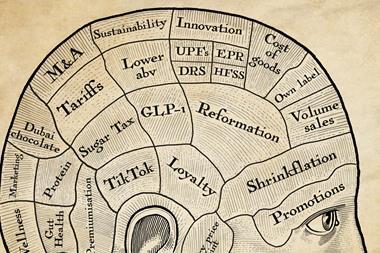


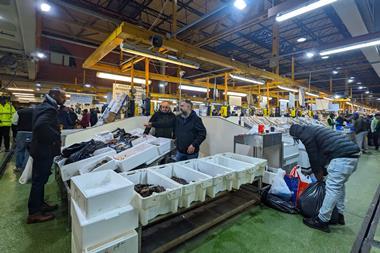


No comments yet